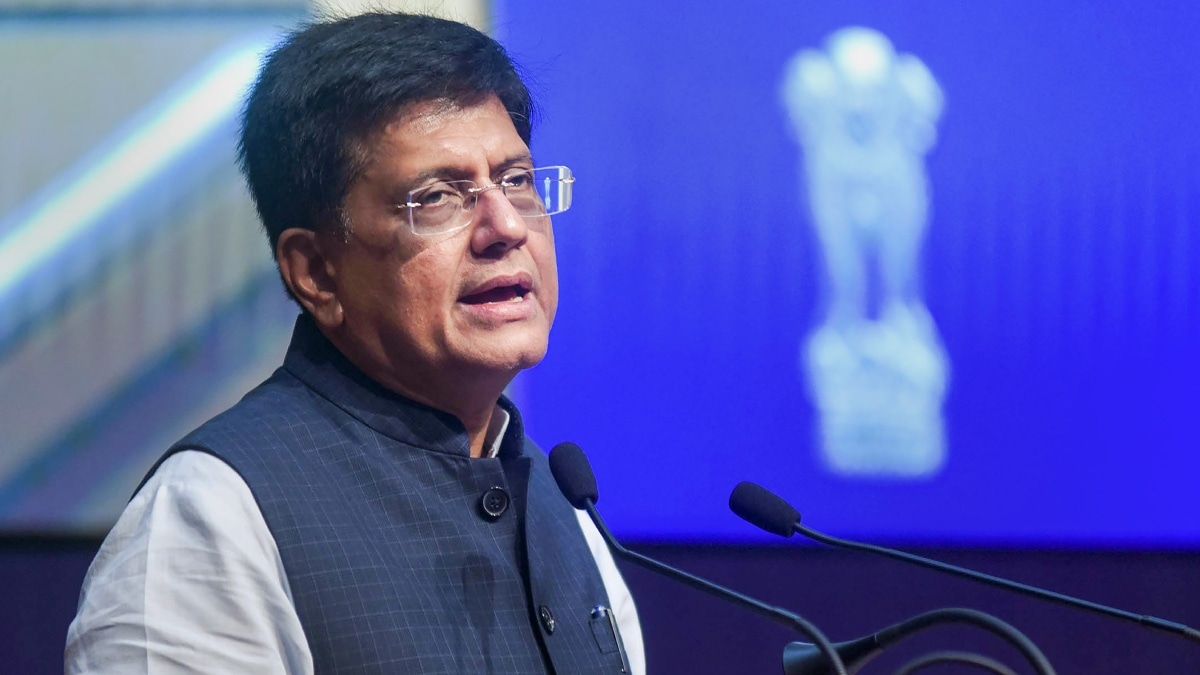By Ashish Khandelwal
Picture this – Billion-dollar worth tokenized real world assets to redefine the essence of money.
A forward-looking statement for sure.
But envision a society where everyday transactions, from purchasing groceries to acquiring the latest gadgets, could be conducted using shares in mutual funds or pieces of fine art, sidestepping the conventional reliance on cash or digital fiat currencies.
This isn’t mere speculation; it is a tangible possibility.
The allure of this emerging reality lies not only in its novel approach to transactions but also in the profound implications it holds for regulatory frameworks, economic stability, and global financial integration.
By anchoring the concept of currency to a diverse basket of real-world assets, the model offers a more concrete basis for regulators to monitor and manage monetary policies, potentially enhancing transparency, controlling inflation, and mitigating systemic risks more effectively.
Moreover, this hybrid approach to utilizing tokenized assets as a form of money offers several advantages over the current fiat mechanism. Firstly, it introduces a diversified and tangible backing for currency, reducing the susceptibility to inflationary pressures that fiat currencies often face.
Secondly, by leveraging blockchain technology, transactions can become more transparent, secure, and efficient compared to traditional banking systems. Additionally, the decentralized nature of blockchain reduces reliance on central authorities, potentially mitigating risks associated with government mismanagement or manipulation of currency.
Finally, the global interoperability of tokenized assets can facilitate seamless cross-border transactions, overcoming the inefficiencies and barriers inherent in the current international financial system.
However, while asset tokenization holds promise, there are significant challenges that must be addressed. One of the foremost challenges lies in ensuring the scalability and efficiency of blockchain technology to handle the volume of transactions required for everyday commerce.
Current blockchain systems often struggle with scalability issues, necessitating innovative solutions to ensure seamless transaction processing. Moreover, navigating regulatory complexities presents another formidable obstacle. Striking a balance between the principles of decentralization and privacy inherent to blockchain and the need for regulatory oversight is a delicate tightrope walk.
Establishing robust frameworks for compliance with existing financial regulations, such as Know Your Customer (KYC) and Anti-Money Laundering (AML) requirements, is imperative to prevent illicit activities and safeguard investor interests.
Despite these challenges, the potential benefits are undeniable. By tethering currency to a basket of real-world assets, regulators gain a more tangible foothold to enforce fiscal and monetary policies. This not only enhances regulatory oversight but also fosters greater stability and resilience in the financial system.
One of the biggest challenges to the stability of the financial system lies in ensuring the integrity and valuation of the underlying assets. Unlike traditional fiat currencies, which are backed by the credibility and stability of governments, the value of asset-backed tokens hinges on the quality and reliability of the assets they represent. Thus, the risk of misvaluation, fraud, or illiquidity in the underlying assets poses a significant threat to financial stability.
To mitigate this risk, robust regulatory oversight and transparent asset verification processes are essential. Implementing standardized valuation methodologies, independent audits, and ensuring adequate diversification of assets within tokenized baskets can enhance the credibility and resilience of asset-backed tokens. Additionally, leveraging blockchain for transparent asset tracking and immutable record-keeping can bolster investor confidence and mitigate the risks of asset mismanagement or manipulation. Collaborative efforts among regulators, industry participants, and technology innovators are paramount to addressing these challenges and fostering a stable and sustainable ecosystem for asset tokenization in the financial system.
The distinction between currency and money lies in their respective functions and forms. Currency typically refers to the physical or digital tokens accepted as a medium of exchange within a specific authority, often issued and regulated by a central authority, such as a government or central bank.
Money, on the other hand, encompasses a broader concept, representing any asset or commodity universally recognized as a store of value, medium of exchange, and unit of account. While currency is a subset of money, not all forms of money necessarily qualify as currency. Real-world assets, such as real estate, commodities, or precious metals, possess intrinsic value and can serve as a store of value or medium of exchange, thus fulfilling the functions of money. However, they may not readily function as currency due to practical limitations such as divisibility, portability, and fungibility.
While real-world assets can embody the qualities of money, their suitability as currency depends on factors such as liquidity, acceptability, and regulatory recognition within a given economic context. Hence, real-world asset tokens may better fulfil the objective of being money than currency, unless the highlighted issues are adequately addressed.
In conclusion, while the potential of tokenized assets as everyday currency is substantial, the journey towards widespread adoption must navigate significant obstacles. By addressing scalability, regulatory compliance, and asset valuation challenges, we can unlock the transformative potential of asset tokenization in the financial system. As we strive towards this vision, let us remain steadfast in our commitment to realizing the promise of tokenized assets as a cornerstone of the cashless future.
The author is co-founder, ANQ









